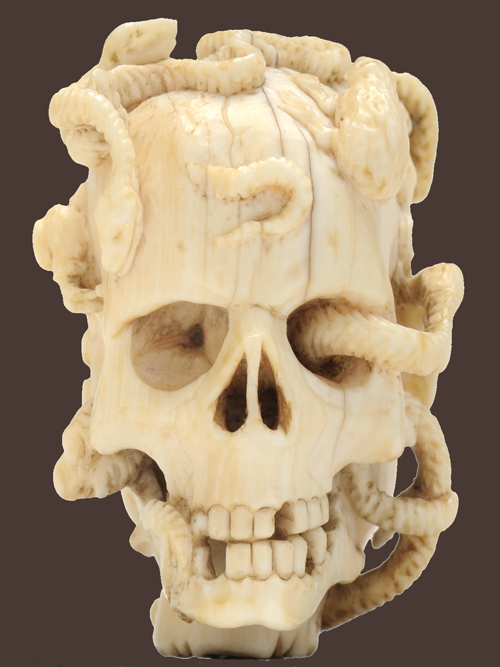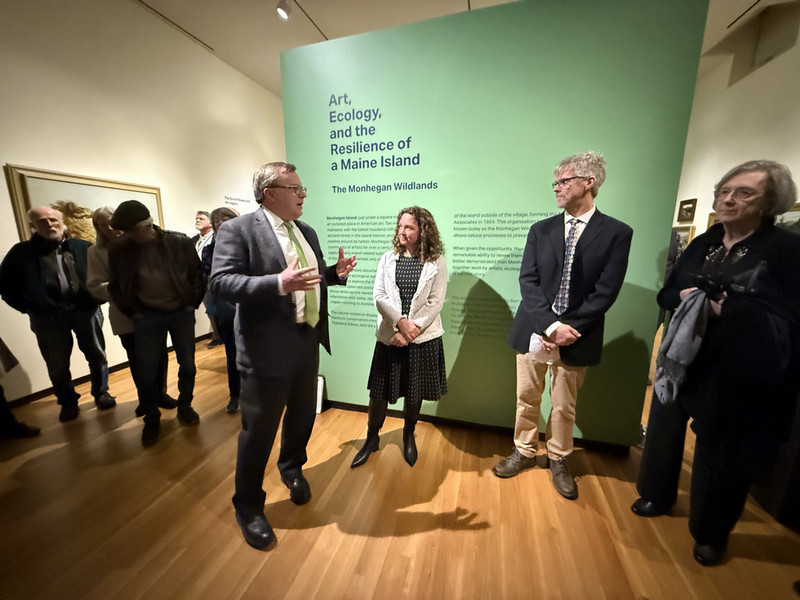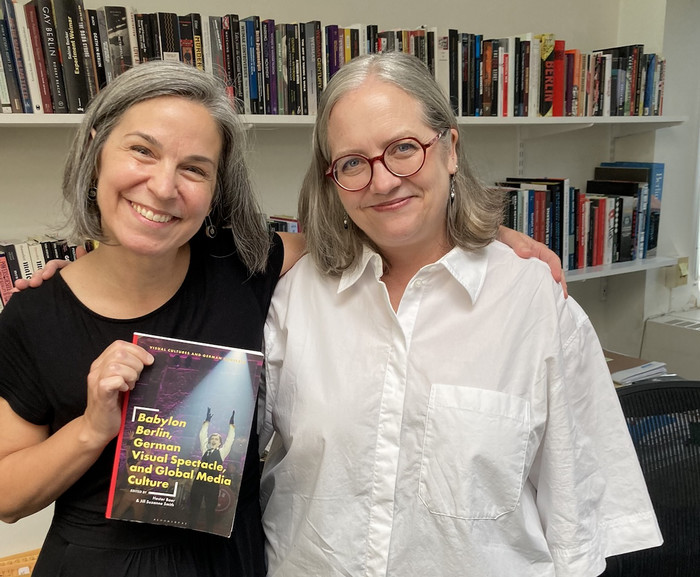Looking Behind Memento Mori Objects: ‘Artnet’ Reviews ‘Unique’ Bowdoin Exhibition
By Tom Porter
An exhibition staged by the Bowdoin College Museum of Art examining how mortality played into Renaissance culture, has been described as “unique in its focus” by artnet.com’s Menachem Wecker. “The Ivory Mirror: The Art of Mortality in Renaissance Europe,” which runs until November 26, 2017, examines the appeal of memento mori objects, which are things that remind us of our mortality. (Memento mori is Latin for “Remember that you must die.”)
The show features engravings, woodcuts, sculptures, and prayer beads from the sixteenth and seventeenth centuries, many of them made from ivory at a time when such items “emerged as popular collectors’ items
This macabre genre, with its portrayal of decaying corpses, “Death’s-heads,” skulls, and skeletons, is described by Wecker as “oft-misunderstood.” Following a tour of the exhibition with curator Stephen Perkinson, who is the Peter M. Small Associate Professor of Art History at Bowdoin, Wecker put together a “handy guide” to help modern viewers get the most out of the show. Step one: “Look Beyond the Yuck Factor.” Read
Since it opened in



